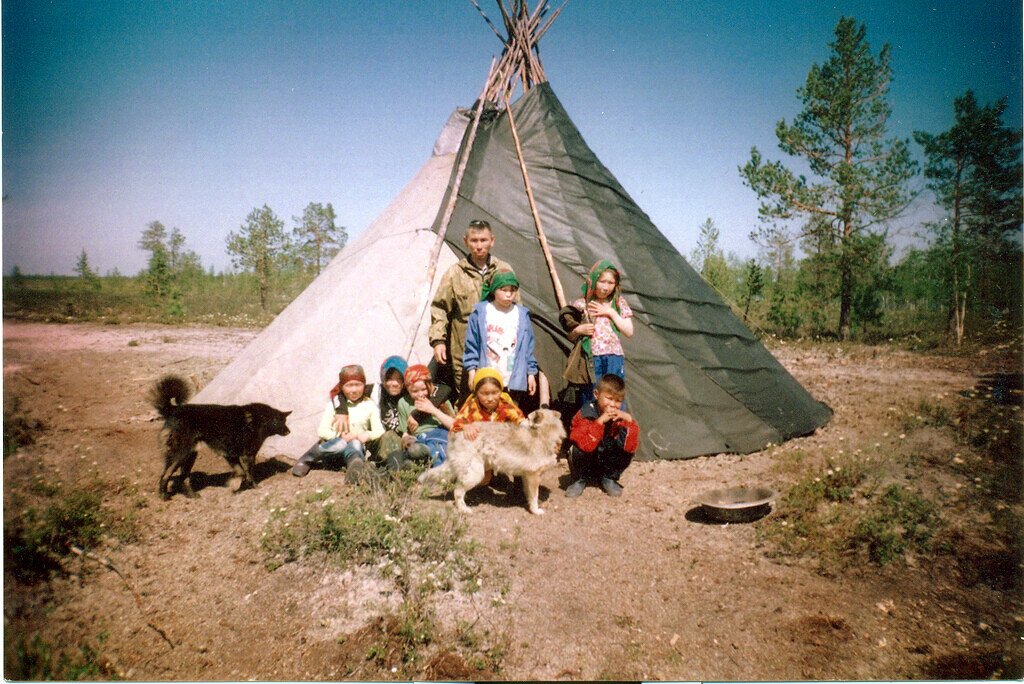In Fall 2020, our friend and colleague Stephen Cohen passed away. At the time, we honored him with a post containing testimonials from past and current recipients of the Stephen Cohen Fellowship, which funds graduate education for master’s students in the Department of Russian & Slavic Studies at NYU, and the Cohen-Tucker Fellowship, which supports dissertation research in the field of Russian Studies. This semester, we are publishing a series focusing on Cohen and Cohen-Tucker Fellows' experiences and research in the REEES field. This is the second such post. Past installments in the series may be found here.
Jack Seitz is an Assistant Professor of History at Tennessee Wesleyan University.
In 1894, Vasily A. Saenko arrived in the small town of Zaisan in what is today far eastern Kazakhstan to take charge of the Zaisan Kazakh Agricultural School. For several years, the school had suffered from changing leadership and poor management. Saenko would begin to enact a program of reform that he hoped would extend far beyond the classroom and serve as a catalyst for the transformation of the local Kazakh nomads into settled farmers.
While this attempt did not succeed in its aims, its implementation and the ideas behind it do give us a clear picture of the serious intentions of the Russian Empire in creating a settler colony on the Kazakh steppe. It also shows the crucial role that agriculture played in official hopes of transforming the environment and the people of the region.
The Zaisan Kazakh Agricultural School was founded in 1887 with the stated purpose of the “dissemination of agricultural knowledge among the Kazakh population.” Instruction was to take two years and was open to any Kazakh boy of good health between 10 and 18 years old.
The school aimed to carry out instruction through a mix of practical and theoretical learning. Practical learning was to take place on the school's farm, where during the summer months students were expected to work and learn how to use farm machinery and modern farm practices. The theoretical learning occurred in a regular classroom and included subjects like basic math and science and the Russian language.
In its first years of operation the school farm, like those at a handful of other “lower agricultural schools” operating across the steppe region, served as an important site of experimentation. These farms created a space for school officials to experiment with new varieties, methods of growing crops, and raising livestock in an unfamiliar environment. However, at Zaisan, the school and farm also often failed to attract and retain significant numbers of Kazakh students.
In spite of this setback, Zaisan, like other schools quickly transformed these experimental farms into “model farms” in spite of their quite recent creation. While students were the initial target of popularization, the school soon began to encourage local Kazakhs to visit the farms in the hope of converting them away from nomadism to farming.
In the early days at Zaisan, under the first school head Ignatii Lisovskii, school officials quickly leaned into their new self-identification as experts of farming on the steppe and made big plans about filling the role of agronomic outreach. Lisovskii planned, but apparently never implemented a municipal heard of improved cattle. The hope was that the school would provide the initial improved breeds of livestock in order to create a local dairy industry. Similarly, Lisovskii hoped that school orchards could serve as a nursery for improved fruit trees.
Eventually, school officials, aiming to convert the Kazakhs away from nomadism, did give away corn and oat seed as well as apple rootstock. They even went so far as to provide local Kazakhs including a man named Borombaev with seed potatoes that grew quite well, and according to reports was shared with his neighbors.
Therefore, in many ways, Saenko was simply continuing the tradition of the agricultural extension of his own and other lower agricultural schools on the steppe. However, in other ways it is clear that he was charting out new ground.
Saenko’s ambitious plan to transform local Kazakh agriculture was to give each graduate of the school a piece of land roughly 20 to 30 acres along with improved seeds, improved livestock, and agricultural equipment. In addition, school officials would continue to offer advice and instruction to the new graduate farmers on what and how to grow food on their new farms. Most crucial in Saenko’s mind was that the farms should to be established in the graduates’ home communities. These farm homesteads, which Saenko called “exemplary peasant farms” were to serve as the basis of a new agriculture among the Kazakh nomads by their example. In 1895 two of the first Kazakh graduates did receive their plots of land along with tools, seeds, and livestock, and set up the first of these exemplary peasant farms with help from the school.
Although Saenko’s program only lasted a brief period and only included a small number of participants it illustrates clearly the aims, values, and lengths to which the Russian empire went to in order to remake the inhabitants and environment of the steppe.
What is more, while the Russian empire is often viewed as behind the times in terms of its ability to project colonial power as compared with other European nations, in this instance they appear ahead of the times. At Zaisan, Saenko’s exemplary peasant farms (farmed by Kazakhs under Russian instruction) the Russian empire was on the very cutting edge of global agricultural extension demonstration work. These farms were established seven years before a similar program led by Seaman Knapp in east Texas who was credited with founding “cooperative extension.”
While the story of the school and especially of the exemplary peasant farms may be a rather small one in the massive scope and scale of the steppe and Russia's colonial encounter upon it, there are important themes at work.
First, officials in the empire hoped that science and expertise would play a crucial role in the exploitation and colonization of the steppe. However, the environment of the region was one that Russian scientists were unfamiliar with and therefore they had to learn while doing.
Second, while officials hoped to transform the Kazakhs into sedentary farmers, as this example illustrates, the success of that policy was limited. Kazakhs simply did not want to give up their nomadic or semi-nomadic way of life.
Therefore, imperial officials would have to look elsewhere for farmers to exploit the steppe. These farmers were readily found in the roughly 1.5 million peasant settlers who came to the region at the end of the nineteenth in the beginning of the twentieth centuries.
The increasing number of these settlers caused significant troubles for imperial officials, but they cause even greater troubles for the nomadic Kazakhs whose lands were taken and whose migration routes were blocked. The settlers and their farms, in addition to a massive agronomic infrastructure both scientific and physical grew in size and scope throughout the late empire, and yet its early roots are in the farms and plans of places like Zaisan.



